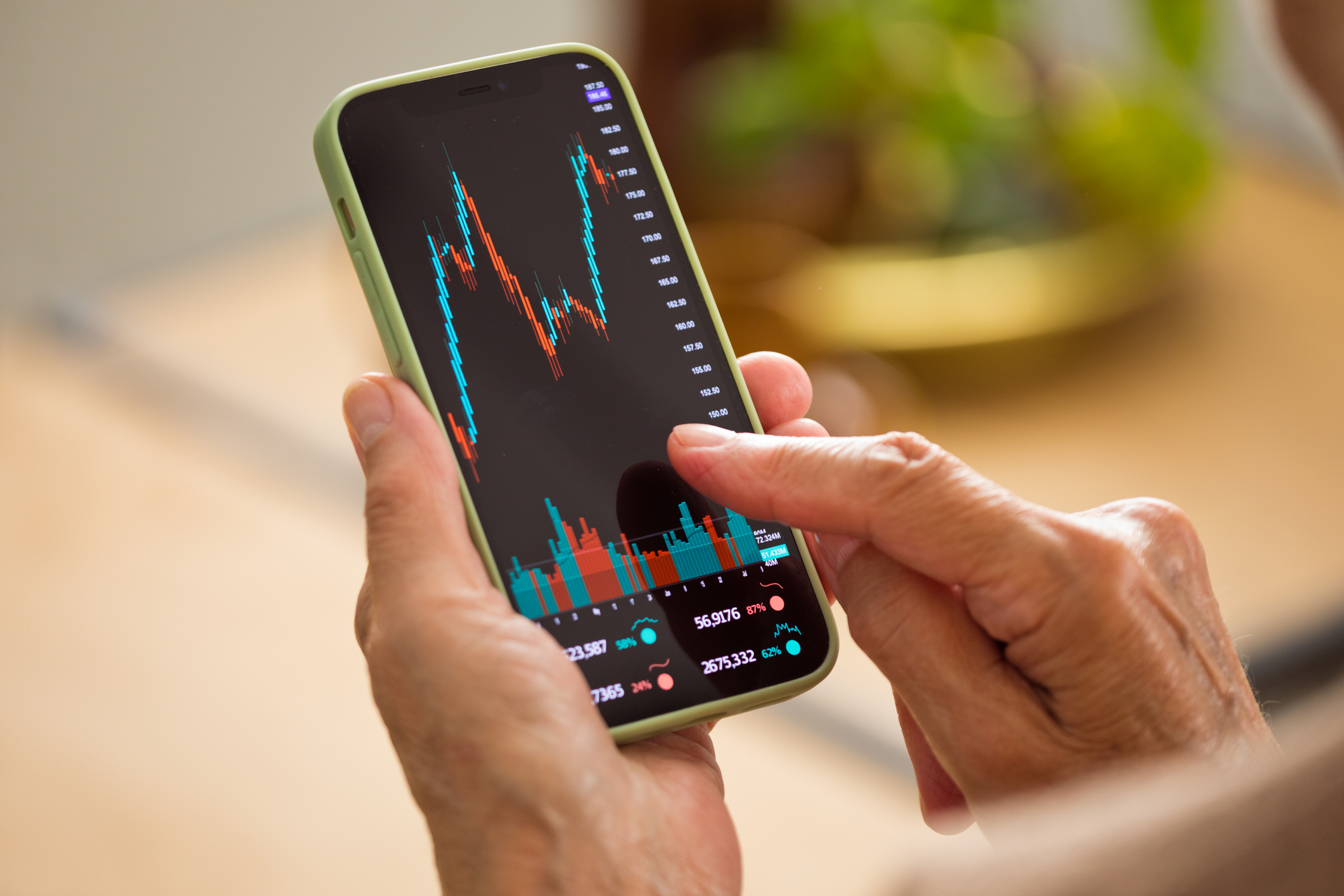Avoid This Principal-Protection Fund
The new S&P 500 Capital Appreciation sounds great ... until you read the fine print.

Trying to chase a horse that's already out of the barn is one of the oldest mistakes in the investing playbook. Take it from anyone who bought tech stocks in early 2000, real estate investment trusts in 2006 or energy stocks in the spring of 2008. Just as those investors fell victim to their insatiable lust for big and quick profits, many today are paralyzed with fear. And the newly launched S&P 500 Capital Appreciation fund, which vows to protect investors' principal investment over the next ten years while tapping the market's gains, is now here to catch them.
As a marketing gimmick, the timing of the fund's launch couldn't be better. Investors have just witnessed the crushing demolition of their savings -- from its peak in October 2007 through March 11, Standard & Poor's 500-stock index tumbled 54%. And as the ten-year Treasury note's historically low yield of 2.98% shows, many investors are willing to accept a miniscule return for protection from big losses.
But there could hardly be a worse time to invest in such a fund. Although the fund loosely tracks the S&P 500, it stunts the returns you'll reap from the index's gains with heavy costs. And with the index hovering close to a 12-year low, U.S. stocks are offering investors opportunities for appreciation that haven't been available in years.

Sign up for Kiplinger’s Free E-Newsletters
Profit and prosper with the best of expert advice on investing, taxes, retirement, personal finance and more - straight to your e-mail.
Profit and prosper with the best of expert advice - straight to your e-mail.
At first glance, S&P 500 Capital Appreciation (symbol SSPAX) sounds like a home run. The fund vows to return at least 150% of your principal in ten years, provided you invested at inception, less fees and expenses. But it also lets you capture the potentially boundless gains of the S&P 500.
But then there's the fine print. Those fees and expenses knock your 150% minimum return down to about 119% -- for an annualized gain over ten years of 1.73%. You're only promised a return of your principal if you hold on until the fund's "special redemption" date, on December 1, 2018 (after that date the fund will turn into an ordinary S&P 500 index fund). As for those potentially boundless gains of the S&P 500? That only refers to the value of the index. You can kiss dividends goodbye.
Finance geeks may get a kick out of the clever engineering under the hood. The fund is run by Structured Investment Management (SIM), a relatively new firm whose raison d'etre is to make complex structured investments available to the average Joe and Josephine. With the fund's assets, the managers buy individual stocks and futures on the S&P 500. But they also buy put options on the index, or the option to sell stocks for a set price, corresponding to 150% of the value of the S&P on the date the fund began investing (which was February 8, when the S&P 500 closed at 870). On any given day, the value of the puts will move in the opposite direction as the value of the S&P, so by definition the fund will be less volatile than the market.
Purchasing that protection isn't cheap, however. The cost of buying those put options accounts for roughly two-thirds of the difference between your hypothetical 150% minimum return and your actual 119% minimum return.
In fact, the fund is cost-heavy on all sides. The class A shares come with a 5% front-end sales charge and an annual 12b-1 fee of 0.25%. Once you factor in that sales charge, your minimum 1.73% annualized return shrinks to 1.21%. Ramesh Menon, SIM's founder and the fund's manager, says that, assuming the principal protection doesn't kick in, operating expenses and the costs of the S&P puts will cause the fund to lag the index by 1.6 percentage points per year, on average.
The hope, of course, is that the market goes up and you're not relying on the principal protection to kick in. In that case, the importance of the dividends for which you won't receive any credit can't be understated. Over the past ten years through March 11, the S&P 500 is down 5.7% annualized when you look at price appreciation alone, but only down 4.06% annualized when you factor in dividends. On a $10,000 investment made ten years ago, that works out to more than a $1,000 difference. With the S&P index currently yielding 3.4%, dividends will play an even greater role in future returns.
Menon thinks this type of fund could be a serious contender to replace target-date retirement funds. Target-date investors "need to be invested in the stock market because that's where the returns have been, historically, but because these people know for sure they're going to need a particular amount of money at a particular time, they can't take any risk with respect to their principal amount over that time," he says. "So this gives you an in-between choice."
To be sure, this kind of a safety net could have been a great asset over the past ten years. But it's the sheer immensity of the past decade's decline that makes it unlikely that the market's performance over the next ten years will look anything similar. Instead of hunkering down in some contraption that plays on their fears, long-term investors should look to take advantage of the most favorable buying opportunity in a generation. A great way to do that is by buying a pure index fund, such as Vanguard Index 500 (VFINX) or an exchange-traded fund such as SPDR S&P 500 ETF (SPY). Yes, the ride will be wilder, but the rewards will almost surely be higher.
Get Kiplinger Today newsletter — free
Profit and prosper with the best of Kiplinger's advice on investing, taxes, retirement, personal finance and much more. Delivered daily. Enter your email in the box and click Sign Me Up.

-
 Could Remote Work Delay Your Retirement?
Could Remote Work Delay Your Retirement?Remote work is terrific for your health and income. You're also likely to retire later, which might convince your employer to let you work from home.
-
 How AI Can Be Used in Investing
How AI Can Be Used in InvestingIt can't predict the future, but when used carefully, AI can be used in investing with stock picking, portfolio optimization and market analysis.
-
 The 5 Best Actively Managed Fidelity Funds to Buy Now
The 5 Best Actively Managed Fidelity Funds to Buy Nowmutual funds In a stock picker's market, it's sometimes best to leave the driving to the pros. These Fidelity funds provide investors solid active management at low costs.
-
 The 12 Best Bear Market ETFs to Buy Now
The 12 Best Bear Market ETFs to Buy NowETFs Investors who are fearful about the more uncertainty in the new year can find plenty of protection among these bear market ETFs.
-
 Don't Give Up on the Eurozone
Don't Give Up on the Eurozonemutual funds As Europe’s economy (and stock markets) wobble, Janus Henderson European Focus Fund (HFETX) keeps its footing with a focus on large Europe-based multinationals.
-
 Vanguard Global ESG Select Stock Profits from ESG Leaders
Vanguard Global ESG Select Stock Profits from ESG Leadersmutual funds Vanguard Global ESG Select Stock (VEIGX) favors firms with high standards for their businesses.
-
 Kip ETF 20: What's In, What's Out and Why
Kip ETF 20: What's In, What's Out and WhyKip ETF 20 The broad market has taken a major hit so far in 2022, sparking some tactical changes to Kiplinger's lineup of the best low-cost ETFs.
-
 ETFs Are Now Mainstream. Here's Why They're So Appealing.
ETFs Are Now Mainstream. Here's Why They're So Appealing.Investing for Income ETFs offer investors broad diversification to their portfolios and at low costs to boot.
-
 Do You Have Gun Stocks in Your Funds?
Do You Have Gun Stocks in Your Funds?ESG Investors looking to make changes amid gun violence can easily divest from gun stocks ... though it's trickier if they own them through funds.
-
 How to Choose a Mutual Fund
How to Choose a Mutual Fundmutual funds Investors wanting to build a portfolio will have no shortage of mutual funds at their disposal. And that's one of the biggest problems in choosing just one or two.